No Mow May
The spring rains came and with them, sprouts, orioles and nightcrawlers. This morning’s walk was slowed by my constant bending to scoop up a sand covered worm wiggling its way across my gravel road. Tossing them into the grassy ditch seemed only right after a winter of freeze-dried, underground existence. Drying up under the wheel of the oncoming yellow school bus just wasn’t an option. It briefly occurred to me that they would look good on the end of a hook, but my days with a cane pole, bobber and my dad rowing me around the lily pads are gone.
The weeks preceding this shower were filled with anticipation and . . . work. I wrapped myself in a flurry of raking, rearranging the rock wall that itself had been rearranged by freezing and thawing, and staking out the Blue Bird houses. They were preceded by flocks of Myrtle warblers clustering around our suet feeders, waiting for insect hatches.
Crouched in my rock garden, I paused. Standing to lean on my rake, hand on lower back, I stretch to catch a glimpse of returning phoebes and am once again reminded of our connections with the south. All of these returning friends have spent their winters in southern climes where like-minded people watch out for their well-being. Now, it is our turn.
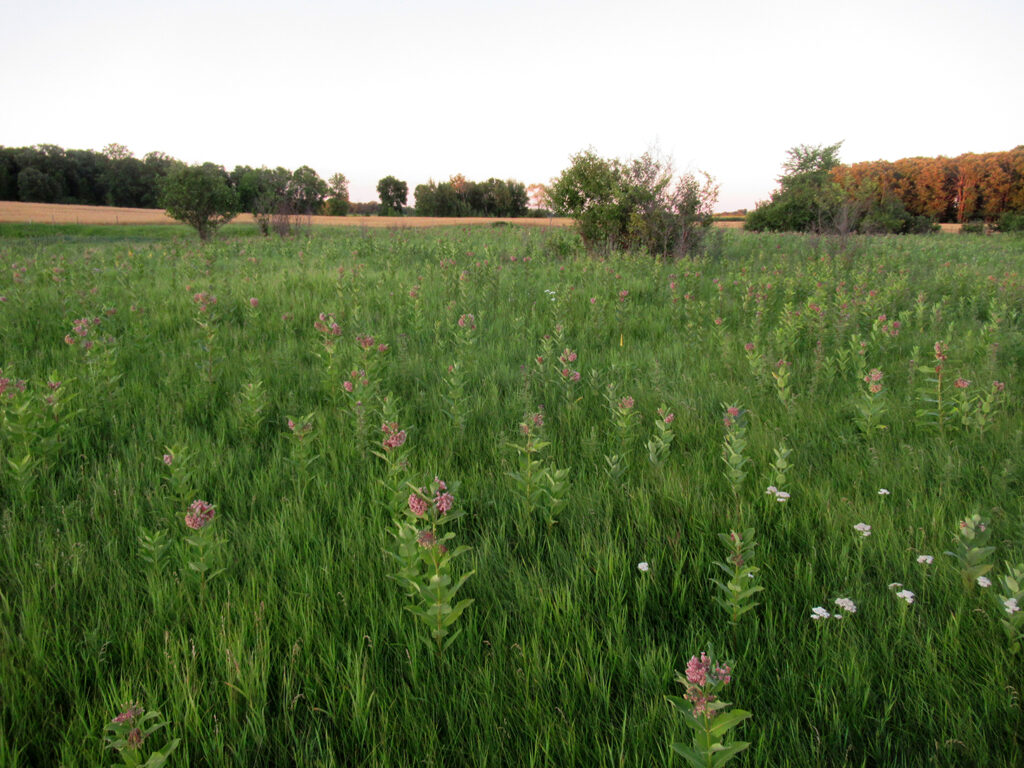
Did we plant pollinator gardens last year that flourished and fed them on this year’s return? Did we incubate monarch caterpillars? Did we cut back on pesticides? Were the butterflies able to find enough milkweed along the countryside between their northern and southern homes?
This year my attention is pulled between pollinators and the seeds they pollinate. Back when the snow still fell, seed catalogues filled with new and old options. What have the seed companies modified this season? What is happening to the Heritage seeds around the world?
Really? Farmers can’t collect and use their own seeds? When did this come to pass?
“The Three Sisters” – corn, beans and squash – were part of my Latin American class regarding the evolution of modern corn changing nomadic lifestyles adding agriculture, resulting in population growth. These three plants literally support each other, the corn providing a pole for beans to climb and squash sprawling out to shade, save moisture and mulch weeds. That, plus their combined nutrients feed the land as well as provide a balanced diet to the gardeners.
The very peoples that created this trio now attempt to reclaim their wisdom and seeds. The program, Dream of Wild Health*, is an excellent example of cultural seed collection and sharing.
This project was presented at a gathering by neighbor, Joy, rejuvenating my hope and rekindling my desire to be respectful. Beyond trading seeds, is the fundamental ritual of recognition. Seeds are miracles waiting to be watered. Planting is more than racing through a “to-do” list.
I looked at the seed in my hand, took a deep breath, blessed it and contemplated the miracle inside. The kernel is capable of sprouting, rising up and reproducing itself many times over. Step out to see the bigger picture – the bee, the butterfly, the pollination needed for the miracle to begin. Back up another step and the bigger picture includes migration over continents! Now, I plant that seed with reverence.
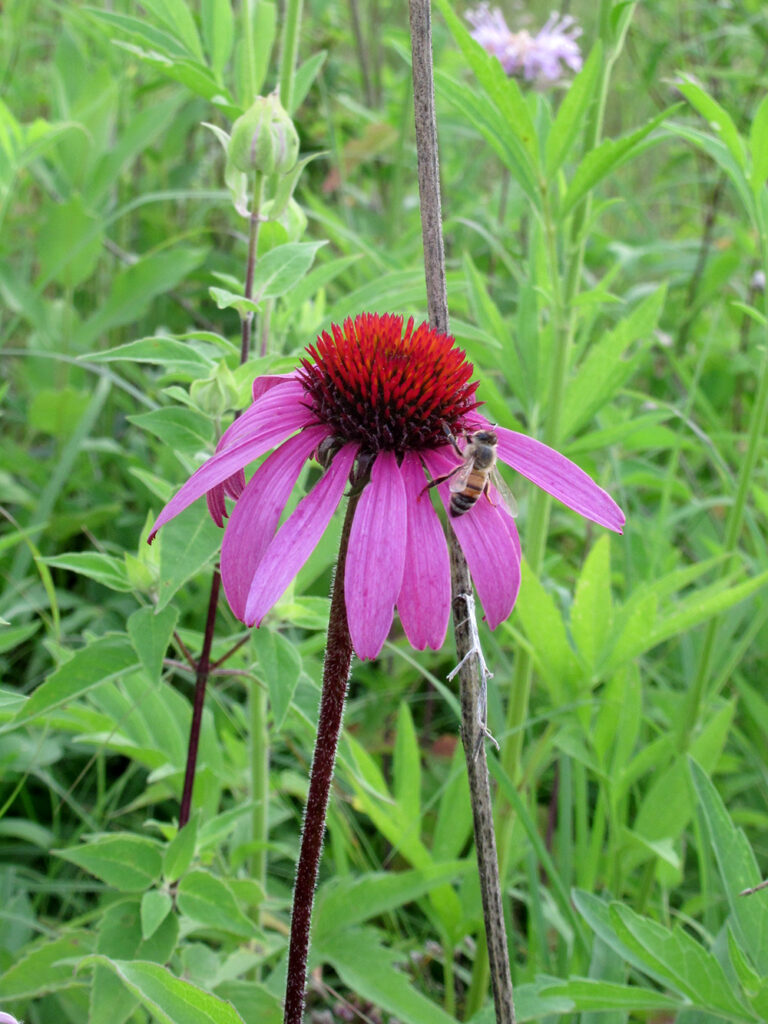
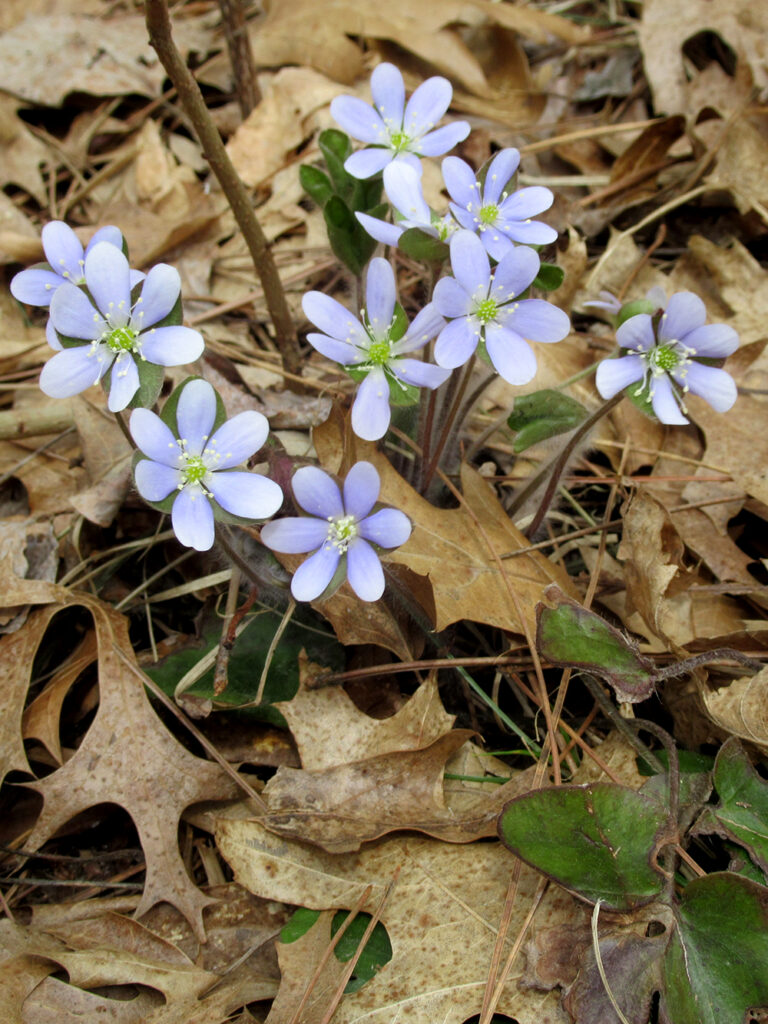

By allowing the lawns to grow in May, tiny spring flowers survive to provide sustenance to the butterflies and bees. They reappear and need the dandelions, the hepatica, the blood root and other early blossoms for their survival. Why are we shearing our lands as soon as the temperatures take off the snow? There will be numerous opportunities to mow!
Which takes me to mid-summer and the highways. Beyond convincing highway maintenance mowing habits comes the need to rally around only cutting one swath and waiting until mid-July to machete off the blooms now housing cocoons. My country road could use a calculated mowing around caterpillar hatches as well as, keeping more swaths of grasses all summer. That, and reduction of pesticides.
Imagine being told NOT to do something to be an activist for a cause! No Mow May. That will give me time to write my legislators and put an article in the local newspaper. Maybe I’ll take off my shoes and stroll through that grass barefoot. I understand that is good for my health. Something about antioxidants and electrodes from the earth to my nervous system.
Being outside gives me the birdsongs, a patch of mud, and releases the nerve chain running down to my toes. The hepaticas bloom. The morning shower has shifted to afternoon’s drying. Garter snakes bask on the road. I have decisions to make about my part in this season.
A universal truth: change starts within each of us. Luckily, each of us, like a seed, carries within the miracle of change. Ideas sprout up and, for better or worse, grow. The rain is falling. The ground is thawing. It is time to choose the seeds we will plant. It is an opportunity to pick up some new habits. Maybe we can start by doing – nothing – to our lawns until. . . June!
Additional References
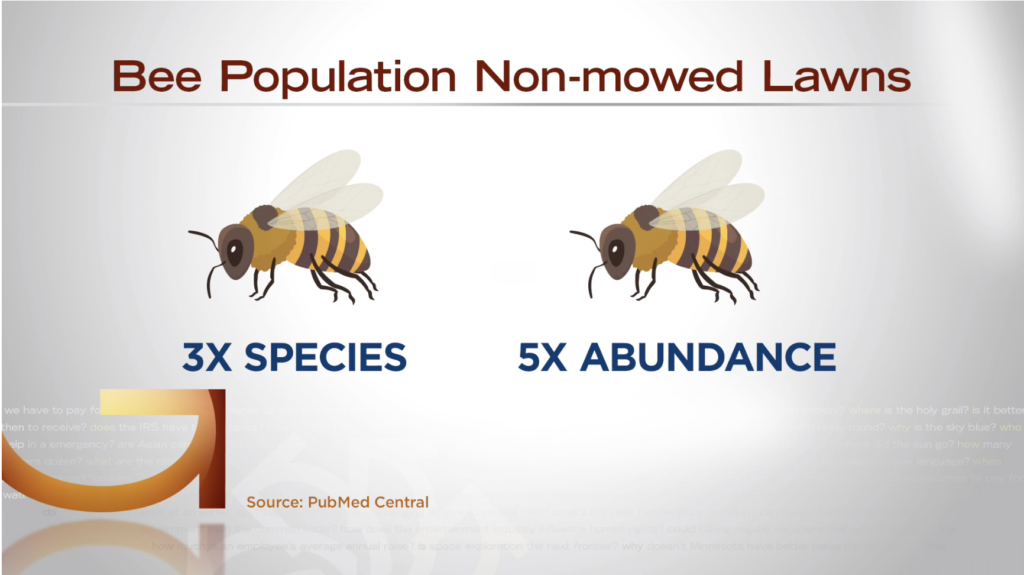
Link to the CBS News video:
https://www.cbsnews.com/minnesota/news/no-mow-may/
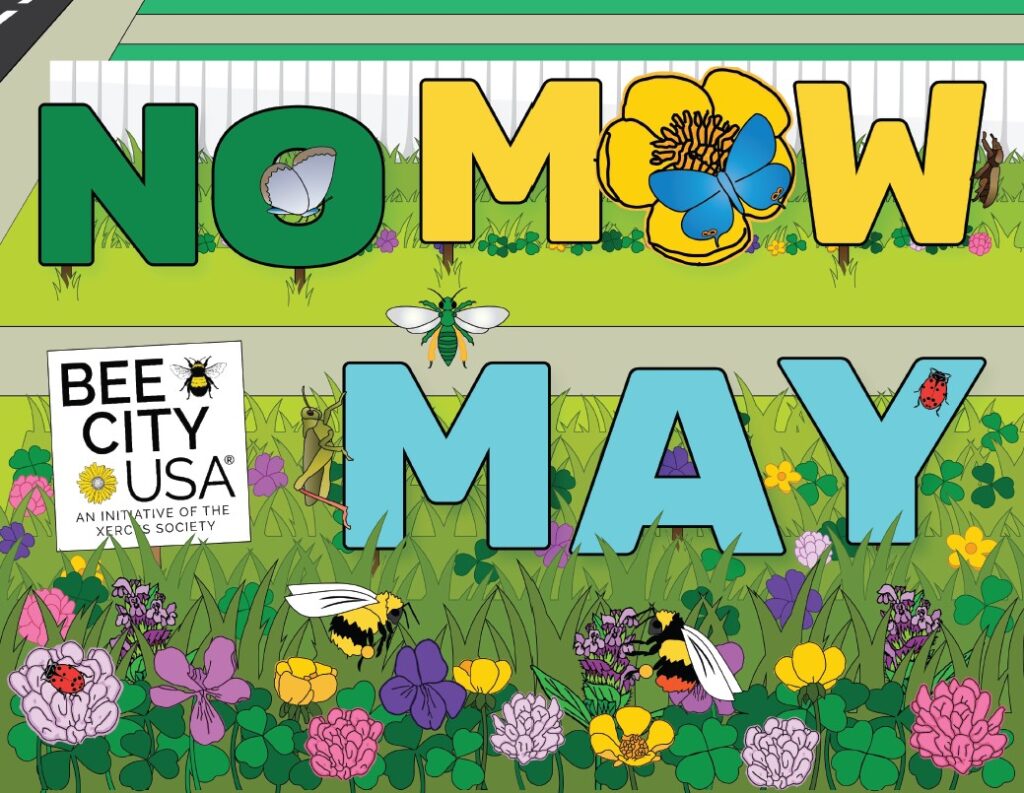
For a more ample story:
https://beecityusa.org/no-mow-may/
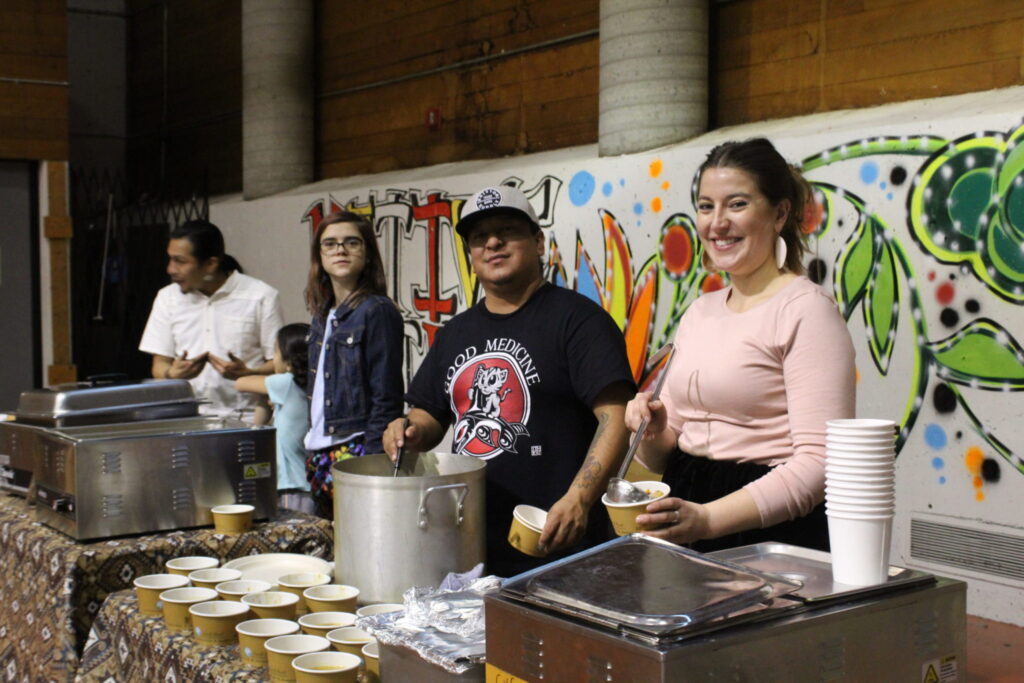
Finally, a look at Dreams of Wild Health a group reconnecting indigenous seeds with their descendants for a future of healthy eating and preservation into future generations. The mission of Dream of Wild Health is to restore health and well-being in the Native community by recovering knowledge of and access to healthy Indigenous foods, medicines and lifeways.
https://dreamofwildhealth.org/

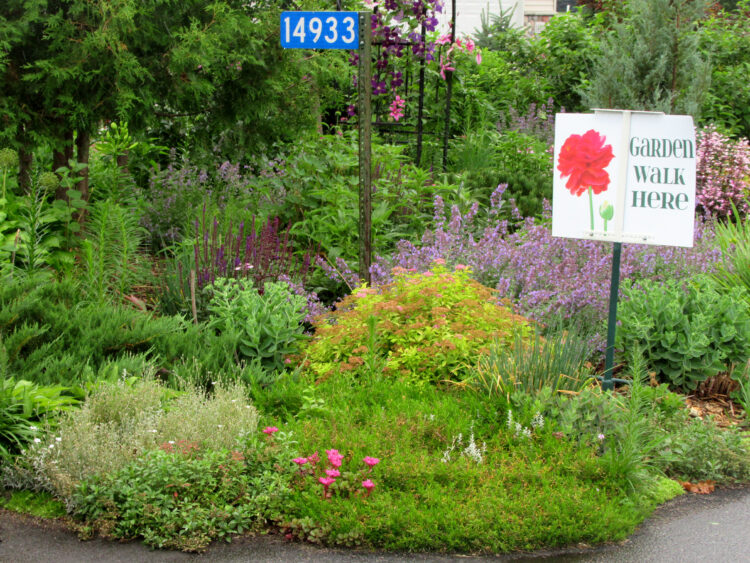
Love your connections, Jan, and the mindfulness you bring to the all nature has to offer. There is so much to do in the spring, but you remind me to view that as sensory activity and not just a task list! Here’s to slowing down and enjoying the moments as they unfold!
Me encanta la visión que proyectas de tu entorno y la habilidad para recordarme el prestar atención a los pequeños grandes detalles del paisaje en el que estas, sea cual sea. Siempre presumí de mi habilidad para observar las cosas, ahora sé qur viví en el autoengaño. 😅 Prometo prestar el doble de atención a mi alrededor.
Por otra parte, me parece fenomenal e interesante “Dreams of Wild Health” es una idea que deberíamos tomar en todos los lugares del mundo.